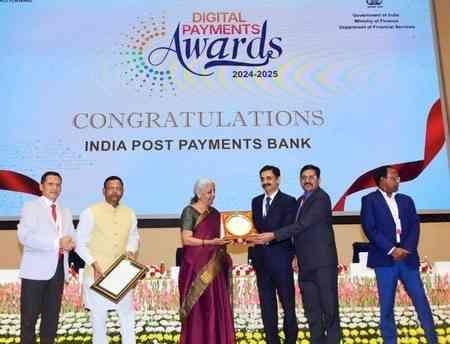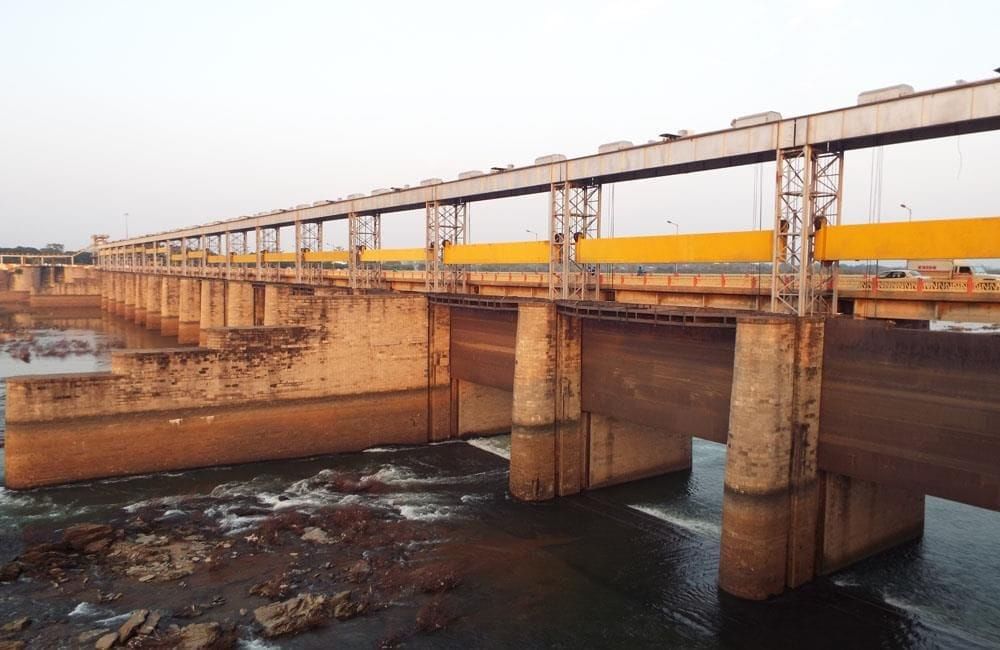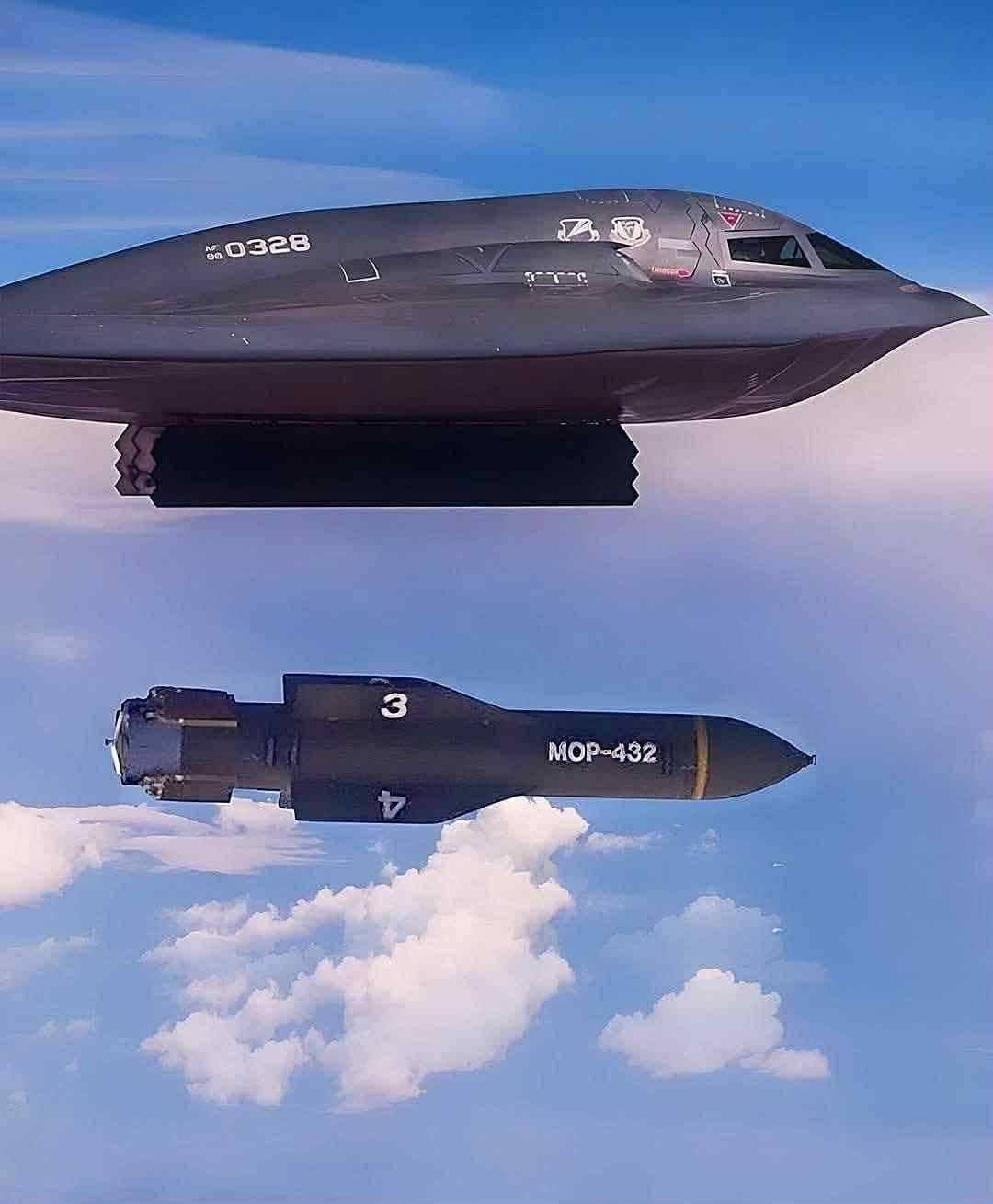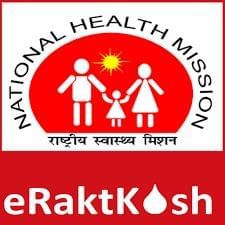UPSC Daily Current Affairs: 22nd June 2025 | Current Affairs & Hindu Analysis: Daily, Weekly & Monthly PDF Download
GS3/Science and Technology
IIT-Delhi’s Breakthrough in Quantum Communications Explained
Source: The Hindu
Why in News?
The Ministry of Defence recently announced that scientists from IIT-Delhi and the DRDO have successfully demonstrated quantum communication over a distance exceeding 1 km in free space. This achievement represents a significant advancement in quantum cybersecurity.
Key Takeaways
- IIT-Delhi has made a breakthrough in quantum communication by demonstrating Quantum Key Distribution (QKD) over 1 km.
- This technology uses quantum entanglement to create secure communication channels that are resistant to interception.
- Future applications may include secure communication between buildings and satellite-based QKD.
Additional Details
- Quantum Communication: This method leverages the principles of quantum physics, particularly quantum entanglement, to establish highly secure communication channels. It ensures that any attempt to intercept the communication is immediately detected.
- Quantum Key Distribution (QKD): This key technique allows two parties to securely share encryption keys. Importantly, QKD does not encrypt the message itself but ensures that the key remains private and secure between the sender and receiver.
- Types of QKD:
- Prepare-and-Measure QKD: One party prepares photons in specific quantum states and sends them to another party for measurement.
- Entanglement-Based QKD: This involves the production of entangled photon pairs, facilitating secure key generation through correlated measurements.
- Recent achievements include a QKD demonstration over 1 km in open air, which is a step forward from fibre-based transmission, enabling potential long-distance communication even to satellites.
- The secure key rate achieved was approximately 240 bits per second, with a quantum bit error rate (QBER) of less than 7%, indicating a viable system despite environmental challenges.
This breakthrough positions India to develop a multi-node quantum network, aiming to enhance national security and civilian applications in sectors like banking and telecommunications. The Indian government's National Quantum Mission, established in 2023, supports this initiative with significant funding for research and infrastructure development in quantum technologies.
GS3/Economy
India Post Payments Bank Honored with Digital Payments Award 2024-25
Source: PIB
 Why in News?
Why in News?The India Post Payments Bank (IPPB) has recently been awarded the prestigious Digital Payments Award 2024-25 by the Department of Financial Services (DFS) under the Ministry of Finance. This recognition highlights the bank's commitment to enhancing digital payment services in India.
Key Takeaways
- IPPB is a 100% Government of India-owned entity established under the Department of Posts.
- Launched on September 1, 2018, IPPB aims to provide accessible and affordable banking services to the common man.
- The bank focuses on reaching the unbanked and underbanked populations through a vast network of approximately 165,000 Post Offices.
Additional Details
- Core Functions:Unlike traditional banks, IPPB operates on a smaller scale. It does not offer loans or credit cards to minimize risks. Instead, it provides services such as:
- Acceptance of deposits
- Remittance services
- Mobile payments, transfers, and purchases
- ATM/debit cards, net banking, and third-party fund transfers
- Deposit Limits: IPPB allows deposits up to Rs 2 lakh; any amount exceeding this limit will automatically convert the account to a post office savings account.
- Service Accessibility: The bank's products and services are available through various channels, including counter services, micro ATMs, mobile banking apps, and interactive voice responses.
- Aadhaar Integration: IPPB utilizes Aadhaar for account openings, employing QR cards and biometrics for secure authentication, transactions, and payments.
In summary, the recognition received by IPPB underscores its role in promoting digital payments and financial inclusion in India, making banking services more accessible to all segments of society.
GS3/Economy
Indian Railways Now Moves 1 in 5 Cars Made in India
Source: Indian Express
Why in News?
In a significant advancement towards reducing carbon emissions, Indian Railways has dramatically increased its share of passenger vehicle (PV) dispatches to over 20% of the total car production in 2024–25. This is a remarkable rise from just 1.7% in 2014–15.
In 2024–25, Indian Railways successfully transported 10.41 lakh cars, with projections indicating that total car loading could reach 15 lakh annually in the near future. This transformation supports India's goal of achieving net zero emissions by 2070 and presents a novel revenue stream for the Railways.
Railway Minister Ashwini Vaishnaw inaugurated India's largest automobile Gati Shakti Multi-Modal Cargo Terminal (MMCT) at the Maruti Suzuki plant in Manesar, Haryana, which has the capacity to dispatch up to 4.5 lakh vehicles annually.
Key Takeaways
- Indian Railways has increased car transport from 1.7% in 2014-15 to over 20% in 2024-25.
- The new infrastructure and policy reforms are geared towards sustainability and efficiency.
Additional Details
- Rail Coefficient: This term refers to the percentage of cars transported by rail, which has significantly increased due to the reforms and infrastructure enhancements.
- Automobile Freight Train Operator (AFTO) Policy: The AFTO scheme has been liberalized, which includes the removal of the registration fee of ₹5 crore and reducing the minimum rake requirement from 3 to 1, making it easier for manufacturers to engage in rail transport.
- Infrastructure Expansion: New automobile loading terminals have been established across various regions including Chitpur, Penukonda, and Nasrala, among others, to facilitate increased volumes of car transport.
- Modern Transport Innovations: The introduction of New Modified Goods (NMG) coaches in 1995-96 and three new types of double-decker auto wagons has enhanced the capacity for transporting larger vehicles, thus meeting growing demand.
The growth in car transport by Indian Railways is a direct result of strategic reforms, modern equipment, and proactive industry engagement, reflecting the Railways’ critical role in promoting greener logistics solutions in the automobile sector.
GS2/International Relations
The Samson Option: Israel's Nuclear Deterrent Strategy
Source: Business Standard
Why in News?
As tensions between Israel and Iran rise, alongside threats from various regional actors, the global focus sharpens on the Samson Option, which represents Israel's implicit yet formidable nuclear deterrent strategy.
Key Takeaways
- The Samson Option is Israel's doctrine of massive nuclear retaliation in the face of existential threats.
- Named after the biblical figure Samson, the term signifies a willingness to inflict catastrophic damage on adversaries, even at great cost to itself.
- Israel maintains a policy of amimut (deliberate ambiguity) regarding its nuclear capabilities, with estimates suggesting it possesses between 80 to 400 nuclear warheads.
Additional Details
- Strategic Context: The Samson Option is not merely a relic of the Cold War; it remains a crucial component of Israel's defense strategy, as suggested by former officials over the years.
- Purpose of the Doctrine: The primary aim is to ensure the survival of the state of Israel against potential threats. It is not specifically intended to deter a nuclear-first strike but serves as a last resort against overwhelming conventional attacks.
- Nuclear Engagement: Under this doctrine, Israel could resort to using nuclear weapons against a non-nuclear adversary if facing imminent defeat, highlighting the extreme measures it is prepared to take to safeguard its existence.
The Samson Option reflects a critical aspect of Israel's national security strategy, emphasizing the lengths to which the state will go to protect itself amid a volatile regional landscape.
GS3/Environment
Subarnarekha River
Source: The Hindu
 Why in News?
Why in News?Recently, a devastating flash flood in the Subarnarekha River led to the inundation of villages in Odisha’s Balasore district, affecting over 50,000 residents.
Key Takeaways
- The Subarnarekha River originates in the Ranchi District of Jharkhand.
- The river flows eastward for 395 km before draining into the Bay of Bengal.
- This river is known as "Streak of Gold" due to its historical significance and mineral wealth.
Additional Details
- Origin: The river starts near Nagri village at an elevation of 600 m and flows through a copper-mining region.
- Tributaries: Major tributaries include the Kanchi, Karkari, and Kharkai rivers.
- Basin Geography: The Subarnarekha river basin spans parts of Jharkhand, Odisha, and a smaller area in West Bengal, influenced predominantly by the South-West monsoon from June to October.
This information highlights the significance of the Subarnarekha River, not only in terms of its geographical features but also its impact on the local population during extreme weather events.
GS3/Economy
What is Net Interest Margin (NIM)?
Source: New Indian Express
Why in News?
Indian Overseas Bank (IOB), a state-run lender, has implemented measures to mitigate the effects of the recent repo rate cut by the Reserve Bank of India (RBI) on its net interest margin (NIM).
Key Takeaways
- NIM is a critical financial metric for assessing a bank's profitability.
- A positive NIM indicates effective earnings from interest, while a negative NIM suggests inefficiencies.
Additional Details
- Definition of NIM: NIM measures the profitability of a bank's lending activities, defined as the difference between interest income from assets and interest paid on liabilities, expressed as a percentage of average earning assets.
- Calculation of NIM:The formula for NIM is:
NIM = (Interest Income - Interest Expense) / Average Earning Assets
For example, if a bank earns Rs 8,000 crore in interest income and pays Rs 6,000 crore in interest expense on average earning assets of Rs 64,000 crore, the NIM is calculated as follows:(8,000 - 6,000) / 64,000 = 0.03125 or 3.125%
- Factors Affecting NIM:
- Interest Rate Environment: Fluctuations in market interest rates can impact NIM significantly.
- Asset and Liability Composition: The mix of assets (e.g., loans vs. securities) affects the NIM.
- Credit Risk: Higher credit risk may increase interest income but also heightens default risks.
- Operational Efficiency: Efficient cost management can positively impact NIM.
- Competition: High competition may limit banks' ability to increase interest rates.
- Regulatory Environment: Changes in regulations may affect NIM.
- Gross Interest Margin (GIM):GIM measures the total interest income minus total interest expenses without considering the size of earning assets. The formula is:
GIM = Interest Income - Interest Expense
In summary, NIM is a vital indicator of a bank's financial health and its ability to generate profit from lending activities, influenced by various factors including interest rates, asset composition, and operational efficiency.
GS2/Governance
India to Integrate Rare Blood Donor Registry with e-Rakt Kosh for Faster, Safer Transfusions
Source: The Hindu
Why in News?
The Central Health Ministry of India is planning to integrate the Rare Donor Registry with the national online platform for blood bank management, known as e-Rakt Kosh. This initiative aims to enhance the accessibility of rare blood types, thereby improving the safety and efficiency of blood transfusions across the country.
Key Takeaways
- The integration aims to connect rare blood group donors with hospitals through a unified digital interface.
- This initiative is crucial for patients with complex conditions such as thalassemia and sickle cell anemia, who often require rare blood types.
- The Rare Donor Registry of India (RDRI) currently maintains a database of around 4,000 donors tested for over 300 rare blood markers.
Additional Details
- Rare Donor Registry of India (RDRI): Developed by the Indian Council of Medical Research (ICMR) and the National Institute of Immunohaematology (NIIH), the RDRI helps identify compatible rare blood matches for patients quickly.
- The integration with e-Rakt Kosh means that patients and hospitals can access a centralized database to find rare blood types more efficiently.
- e-Rakt Kosh: This digital system provides real-time information on blood stock availability and donor tracking, significantly improving the management of blood resources.
- Innovative testing technologies for blood disorders, like the point-of-care tests for thalassemia and sickle cell disease, are being developed, alongside affordable diagnostic tools for hemophilia.
The integration of the RDRI with e-Rakt Kosh is expected to transform India's blood donation and transfusion landscape. By linking rare blood donors to a centralized database, the initiative addresses critical healthcare gaps and aims to improve emergency and specialized healthcare services across the nation.
GS3/Defence & Security
B-2 Spirit Stealth Bomber
Source: Hindustan Times
 Why in News?
Why in News?The United States has recently escalated military actions by deploying its B-2 Spirit stealth bombers to conduct precision airstrikes on Iran's nuclear infrastructure.
Key Takeaways
- The B-2 Spirit is a long-range stealth bomber developed by Northrop Grumman Corporation.
- It was first flown in 1989 and has been operational with the U.S. Air Force since 1993, with 19 units currently in service.
- The aircraft is the most expensive military aircraft ever built, costing approximately $2.1 billion each.
Additional Details
- Stealth Features: The B-2 is renowned for its low observability and ability to evade sophisticated air defenses. Its design minimizes detection by conventional radar, featuring a radar cross-section comparable to that of a small bird.
- Performance: The bomber is powered by four turbofan engines, achieving a top speed of 628 miles per hour (1,010 km/h). It can travel up to 6,000 nautical miles (11,112 km) without refueling.
- Payload Capacity: With a capacity exceeding 40,000 pounds (18,144 kg), the B-2 can carry a wide range of conventional and nuclear weapons. Its internal weapons bays are designed to maintain stealth while accommodating large ordnance loads, including two GBU-57A/B Massive Ordnance Penetrators, specialized for penetrating hardened underground bunkers.
- The B-2 is the only bomber capable of carrying the MOP, which is the largest conventional bomb in the U.S. arsenal specifically engineered for such operations.
This deployment underscores the strategic importance of the B-2 Spirit in modern military operations, especially concerning high-stakes targets like nuclear facilities.
GS2/Governance
What is e-Raktkosh?
Source: The Hindu
 Why in News?
Why in News?The Union Health Ministry is planning to integrate India's Rare Donor Registry with e-Raktkosh, a national online platform dedicated to blood bank management and blood availability information.
Key Takeaways
- e-Raktkosh is an online blood bank management system implemented under the National Health Mission.
- It serves as the official portal for all blood-related services in India.
- Over 3,800 blood centers across the country are registered on e-Raktkosh.
- Developed by the Centre for Development of Advanced Computing (C-DAC), it features a modular and scalable design.
Additional Details
- Objectives:
- Ensure safe and adequate blood supplies.
- Reduce turnaround time for blood availability.
- Prevent wastage of blood.
- Restrict professional donors.
- Promote networking among blood banks.
- Maintain a donor repository.
- Salient Features:
- Web-based application with Aadhar linkage.
- Decision support and guideline enforcement.
- Comprehensive dashboard and statutory reporting.
- Management Components:e-Raktkosh includes six major components for managing the blood donation lifecycle:
- Biometric Donor Management System: Identifies, tracks, and blocks donors based on health and donation history.
- Centralized Blood Inventory Management System: Monitors blood stock across various blood banks.
- Bio-Medical Waste Management System: Manages disposal of discarded blood and related waste.
- Rare Blood Group Donor Registries: Facilitates the identification of rare blood group donors and regular repeat donors.
- Alert and Notification System: Keeps stakeholders informed about critical updates.
In summary, e-Raktkosh aims to enhance the efficiency and safety of blood donation and management in India, providing a streamlined system for both donors and blood banks.
GS3/Environment
Surge in Fossil Fuel Financing by Global Banks Undermines Net Zero Goals
Source: Indian Express
 Why in News?
Why in News?The 2025 Fossil Fuel Finance Report by the Banking on Climate Chaos Coalition has highlighted a concerning trend: the 65 largest banks in the world collectively committed $869 billion to fossil fuel companies in 2024, a significant increase from $707 billion in 2023. This escalation, which includes India's State Bank of India (SBI), raises global alarm regarding climate goals, especially given the backdrop of policy rollbacks and rising global temperatures.
Key Takeaways
- Global fossil fuel financing surged by 22.8% in 2024 compared to 2023.
- JPMorgan Chase emerged as the top contributor with $53.5 billion, marking a $15 billion increase from the previous year.
- State Bank of India (SBI) aims for net zero by 2055, yet increased its fossil fuel financing.
- Policy rollbacks by major banks, including Wells Fargo and several European institutions, indicate a trend away from climate commitments.
Additional Details
- Rising Fossil Fuel Financing: The report indicates a stark increase in financing for fossil fuels, underscoring the financial sector's role in climate change.
- Contradictions in Commitments: SBI’s stated goal of achieving net zero by 2055 contradicts its actions, as its fossil fuel financing rose to $2.62 billion in 2024.
- Policy Backtracking: Major US banks have abandoned prior commitments to net zero, signaling a shift in climate policy.
- India's Coal Financing Blind Spot: Most Indian banks lack coal exclusion policies, continuing to invest in fossil fuels despite the availability of cheaper renewable options.
- Long-Term Concerns: New investments in fossil fuels risk locking in dependence on these energy sources, complicating future efforts to achieve net zero emissions.
The increasing fossil fuel financing by global and Indian banks in 2024 represents a troubling regression in policy amidst a worsening climate crisis. As financial institutions continue to proclaim net-zero targets, the stark disparity between these pledges and their actual financing behaviors underscores the pressing need for enforceable climate-aligned banking regulations. This urgency is magnified as the world races against time to meet its sustainability commitments.
GS2/International Relations
Finland's Withdrawal from the Ottawa Convention
Source: DD News
Why in News?
Finland's Parliament has voted to withdraw from the Ottawa Convention, which prohibits the use of anti-personnel landmines. This decision arises from growing concerns regarding military threats from neighboring Russia.
Key Takeaways
- Finland's Parliament voted to exit the Ottawa Convention due to security concerns.
- The Ottawa Convention aims to eliminate the dangers posed by anti-personnel mines.
- 165 countries are parties to the convention, but India is not a member.
Additional Details
- About the Ottawa Convention: Also known as the Anti-Personnel Mine Ban Convention or Mine Ban Treaty, it is a key international agreement aimed at ending the suffering caused by anti-personnel mines.
- The convention prohibits the use, stockpiling, production, and transfer of anti-personnel mines.
- Adopted on September 18, 1997 in Oslo, Norway, it came into effect in 1999.
- Countries that are parties to the convention are required to destroy stockpiled mines within four years of joining.
- Member states must also undertake to clear mined areas within 10 years and provide assistance to mine survivors and their communities.
- Members are encouraged to offer support to other states in mine clearance and survivor assistance programs.
Finland's decision to withdraw from the Ottawa Convention highlights the ongoing challenges of balancing military readiness with humanitarian commitments regarding landmines.
|
49 videos|5376 docs|1137 tests
|
FAQs on UPSC Daily Current Affairs: 22nd June 2025 - Current Affairs & Hindu Analysis: Daily, Weekly & Monthly
| 1. What is the impact of increased fossil fuel financing on global net zero goals? |  |
| 2. How does Indian Railways contribute to the automotive sector in India? |  |
| 3. What are the key advancements in quantum communications from IIT-Delhi? |  |
| 4. What is the purpose of integrating the rare blood donor registry with e-Rakt Kosh? |  |
| 5. Why is it important to monitor fossil fuel financing trends globally? |  |





















